Generate financial industry-specific insights using generative AI and in-context fine-tuning
AWS Machine Learning Blog
NOVEMBER 12, 2024
NOTE : Since we used an SQL query engine to query the dataset for this demonstration, the prompts and generated outputs mention SQL below. The question in the preceding example doesn’t require a lot of complex analysis on the data returned from the ETF dataset. A user can ask a business- or industry-related question for ETFs.

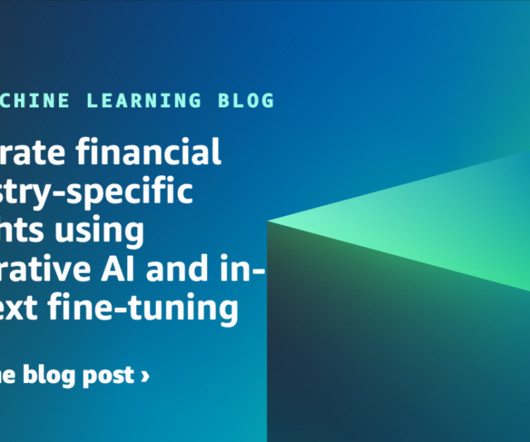
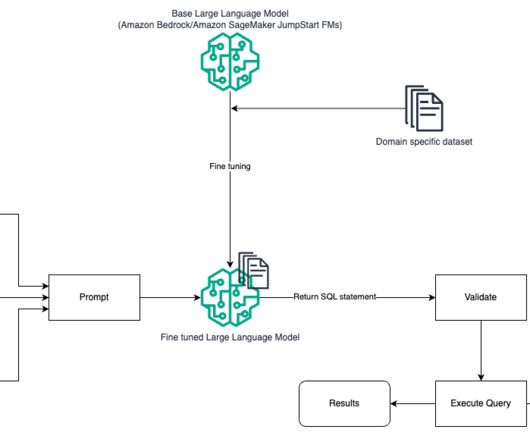
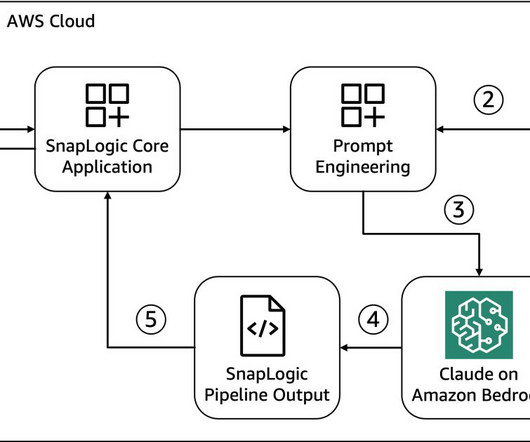
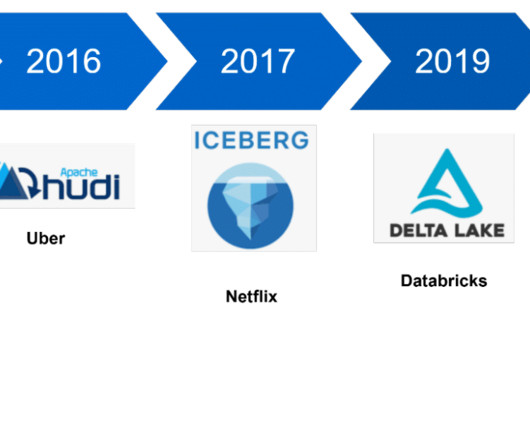
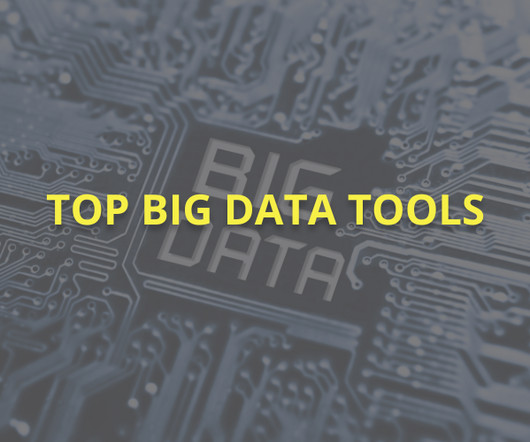






Let's personalize your content